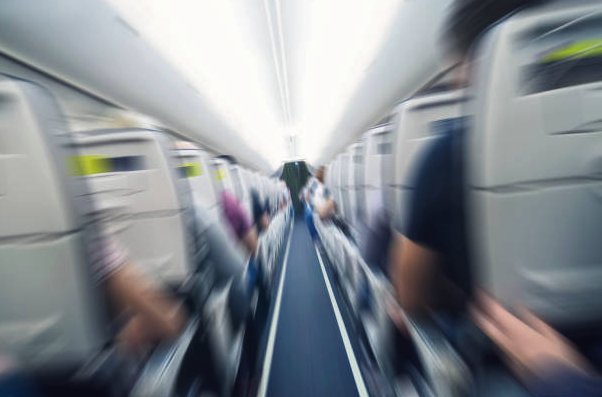For food fanatics, trying out various dining locations and even taking travel as a cause for food is quite an exhilarating hobby. However, this inability to go to these food havens is at times difficult to accept for people who are having trouble dealing with motion sickness. The nausea, dizziness, and discomfort that characterize a car trip, an airplane, or a boat trip may not conform to your food aspirations; but hold all is not lost. In one way or the other, flavors can be captured from various parts of the world and you can still enjoy foods with the right medication.
Understanding What’s Happening
Motion sickness is triggered when there is a discrepancy in the information received by the eyes and the inner ear organs. For example, if one were watching a scene that is moving by, then the eyes would be moving and your ears would be on the other hand, staying put. These sensory disconnects result in those distressing effects which may decrease your appetite for journey. To combat it, you must learn about the structure that causes motion sickness.
Plan Your Eating Schedule Strategically
Timing matters when you’re a food enthusiast dealing with travel nausea. Consider eating lighter meals before traveling, avoiding greasy or spicy foods that might exacerbate motion sickness symptoms. Don’t arrive at your foodie destination on an empty stomach either—mild hunger is better than feeling starved, which can worsen nausea. Some travelers find that small, carbohydrate-rich snacks like crackers can help stabilize their stomach during journeys.
Medication Can Be a Game-Changer
For serious food enthusiasts, anti-nausea medication might be the difference between missing out and savoring every bite. FDA-approved medications for motion sickness like meclizine or dimenhydrinate can be taken before your journey to prevent symptoms from developing. For longer trips, a prescription scopolamine patch applied behind the ear provides up to three days of relief—perfect for that weekend food festival you’ve been eyeing.
Natural Remedies for the Culinary Explorer
If you prefer avoiding medication, several natural approaches can help manage motion sickness. Ginger has shown effectiveness in reducing nausea—try ginger candies, tea, or supplements before traveling. Acupressure wristbands that apply pressure to the P6 point on your wrist can also provide relief without side effects that might interfere with your taste buds. Some food enthusiasts also swear by peppermint aromatherapy or small sips of chamomile tea to settle an uneasy stomach.
Smart Positioning During Travel
Your seat choice matters tremendously when preventing motion sickness. In cars, take the driver’s seat when possible—drivers rarely experience symptoms. On boats, request midship cabins. For trains and planes, forward-facing seats over the wing help minimize the sensory conflict that triggers discomfort. Keeping your head steady and focusing on the horizon can also provide significant relief when symptoms start to appear.
The Desensitization Approach
Frequent travelers can gradually reduce their susceptibility to motion sickness through repeated exposure. Start with shorter trips before attempting that cross-country culinary tour. Your body can adapt over time, opening up more distant food destinations. Some food enthusiasts report that their symptoms diminish after regular travel, allowing them to venture further in pursuit of new flavors.
Conclusion: Savor Every Bite
Motion sickness doesn’t have to stand between you and your culinary passions. With proper preparation, medication when needed, and strategic travel choices, you can focus on what matters most—experiencing amazing flavors and food cultures around the world. Don’t let travel nausea limit your gastronomic horizons—take control and enjoy every delicious destination on your foodie bucket list.

